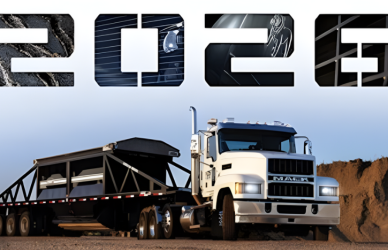Crash avoidance technology is often hailed as a crucial element in enhancing road safety. However, understanding how drivers engage with these systems remains a key question. The National Highway Traffic Safety Administration (NHTSA) aims to investigate this interaction.
NHTSA recently announced a new study focused on evaluating drivers’ responses to crash avoidance tools. According to the notice, “The objective of this driving research is to examine driver behavior in using crash avoidance warning systems and assess effects of human-machine interface characteristics on drivers’ behavior and driver response in crash-imminent scenarios.” This study will gather data from drivers on test tracks, public roads, or through simulations.
Approximately 200 licensed drivers, including some with commercial licenses, from Columbus, Ohio will participate in the study. Participants must be between 25 and 65 years old. Passenger vehicle drivers need a valid U.S. driver’s license and must drive at least 11,000 miles per year in light vehicles. Similarly, commercial truck drivers are required to hold a CDL and log the same mileage annually.
Crash avoidance systems work by providing alerts to drivers about potential hazards. The NHTSA describes, “These systems communicate the occurrence of such conditions to drivers via different sensory modalities, such as visual or auditory signals or vibration of the seat or steering wheel.”
The research aims to assess the effectiveness of these technologies. Test vehicles will be fitted with equipment to monitor driver eye movements, control inputs, vehicle position, speed, and turn-signal usage. The findings will be used to prepare a public report and possibly influence future NHTSA safety research and policymaking.
Some truck drivers criticize crash avoidance technology, citing frequent false alarms. Detractors of automatic emergency braking systems argue that they can misinterpret objects like guardrails or overpasses as collision threats.
Earlier this year, OOIDA Executive Vice President Lewie Pugh informed Congress about the potential discrepancies in how these technologies perform in trucks compared to cars. “Trucks are completely different than cars,” Pugh stated. “And just because a technology works well on a car doesn’t mean it’s going to work well on a truck. Every load and every type of truck is different as far as weight and how the product moves. You take a tanker, there’s liquid in there moving around. So, the way you have to stop (a tanker) is completely different than how you’d have to stop a load of paper towels in a van trailer.”
Source: Land Line











